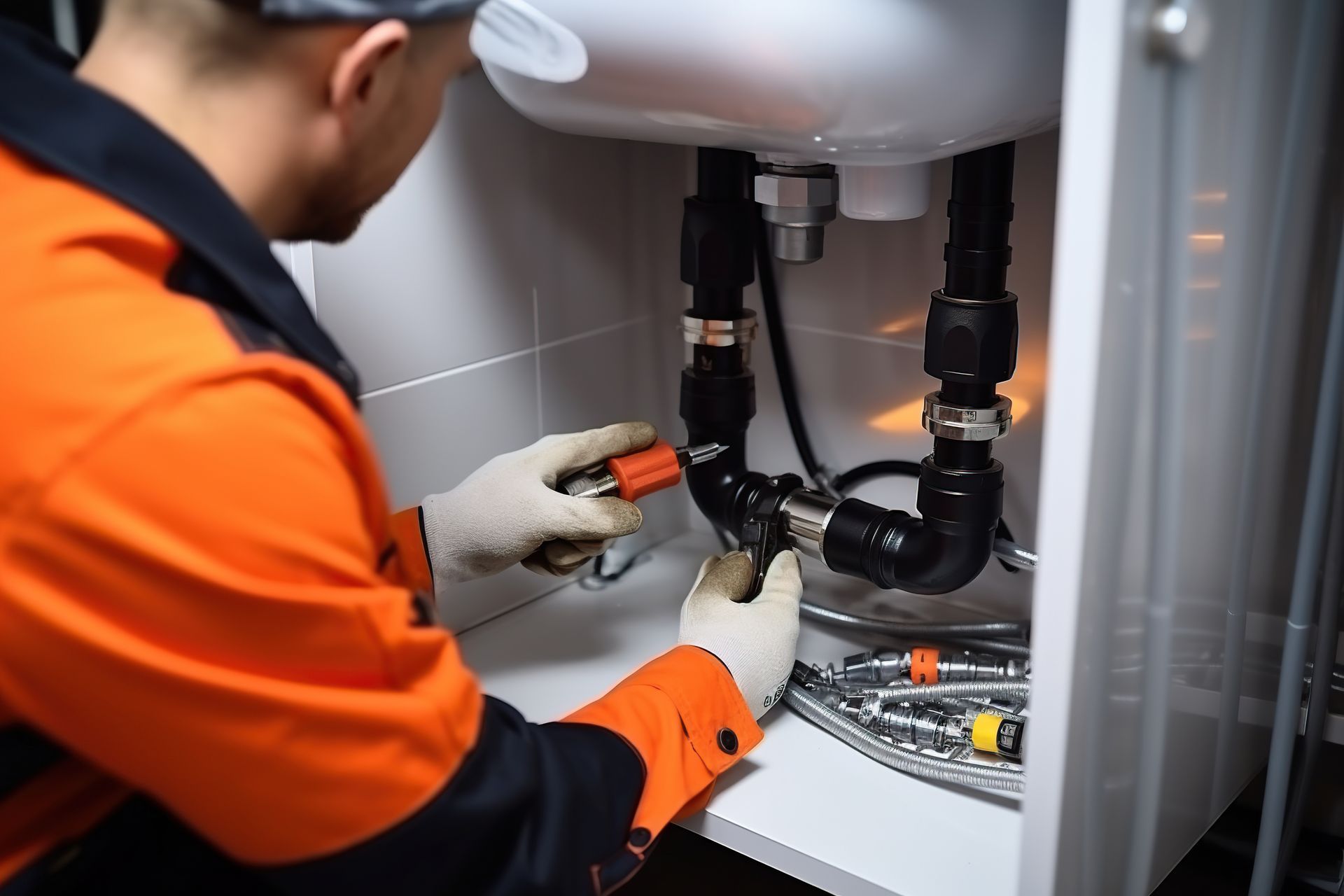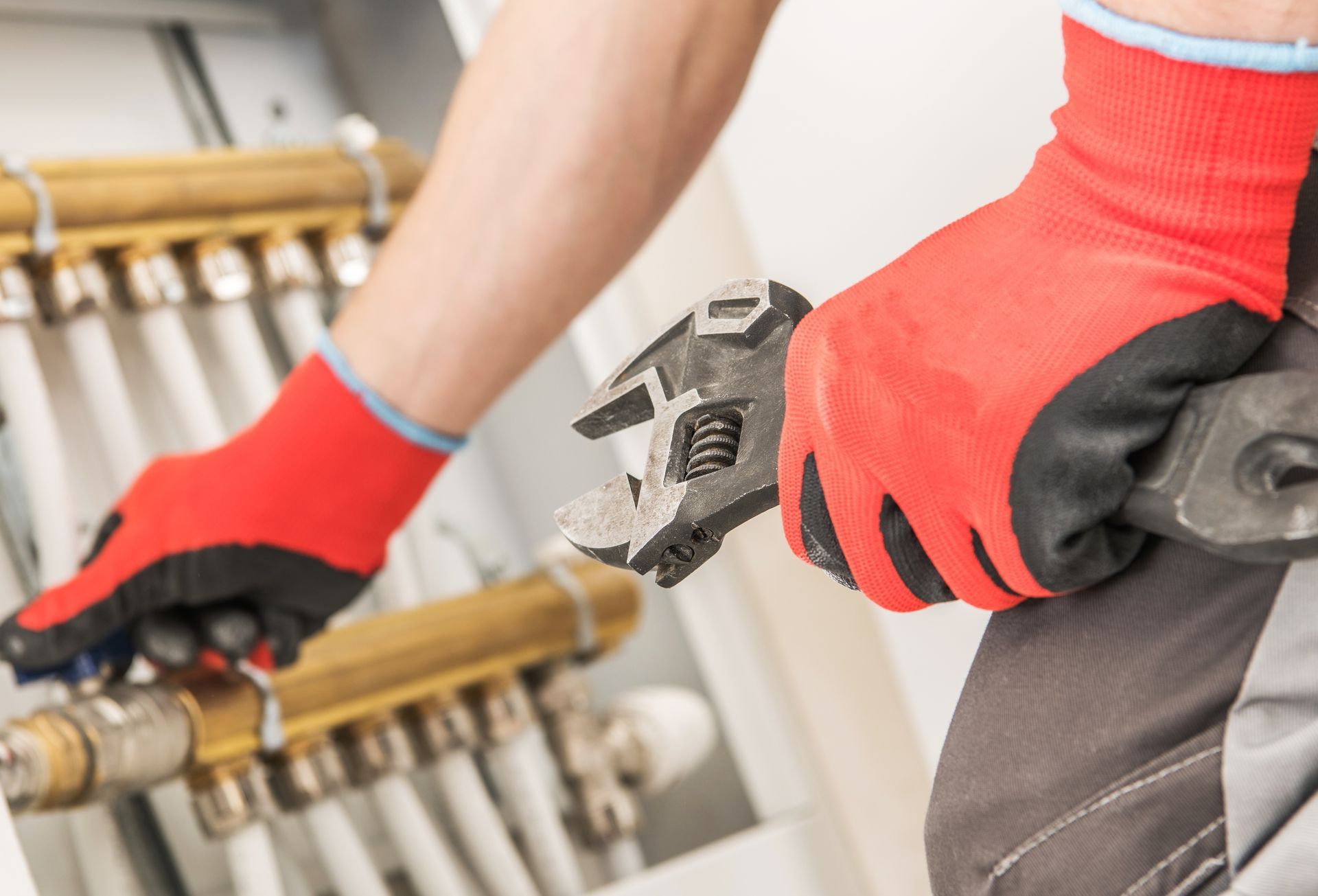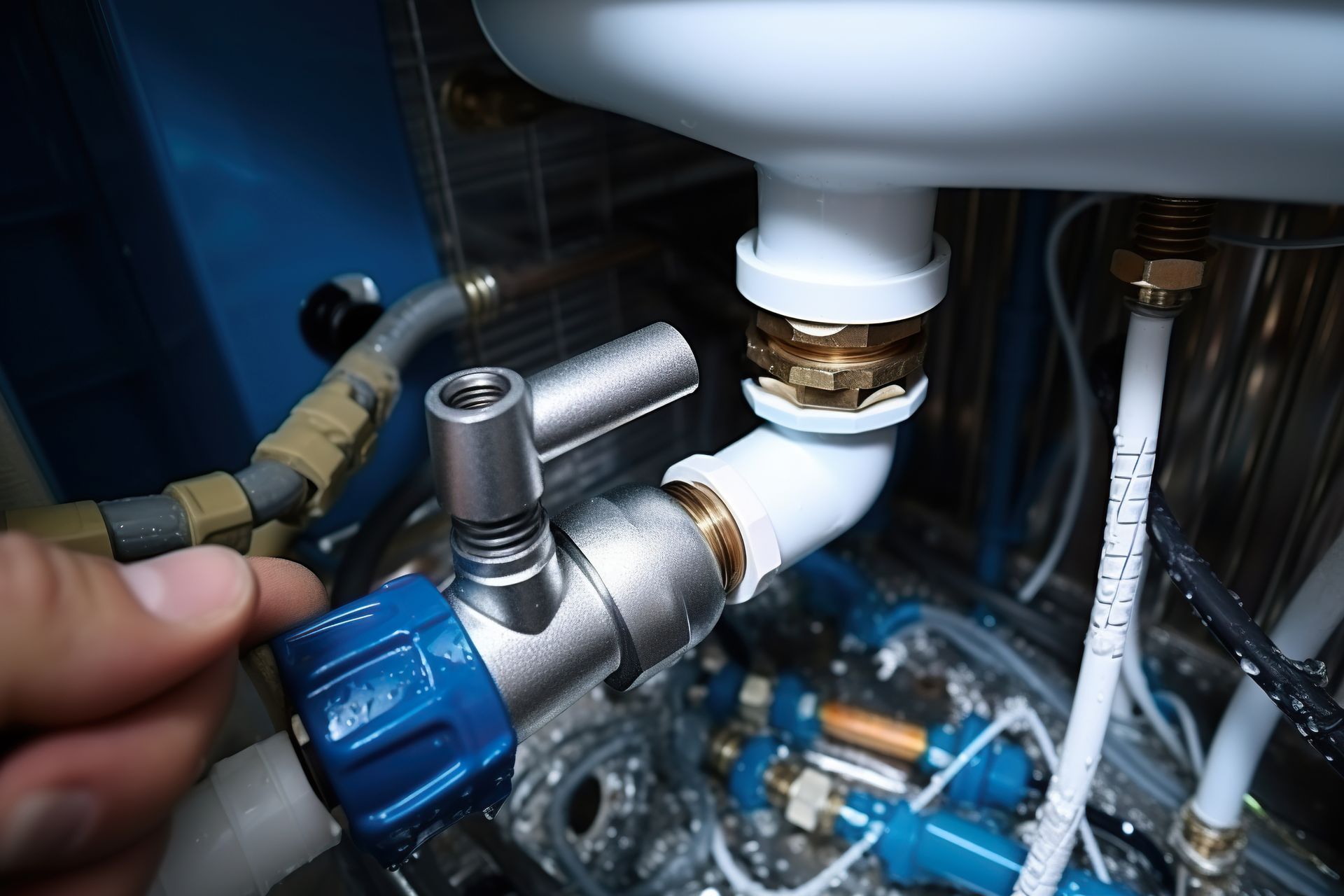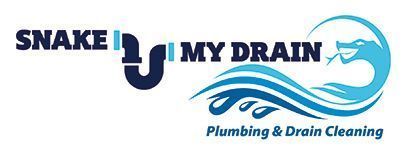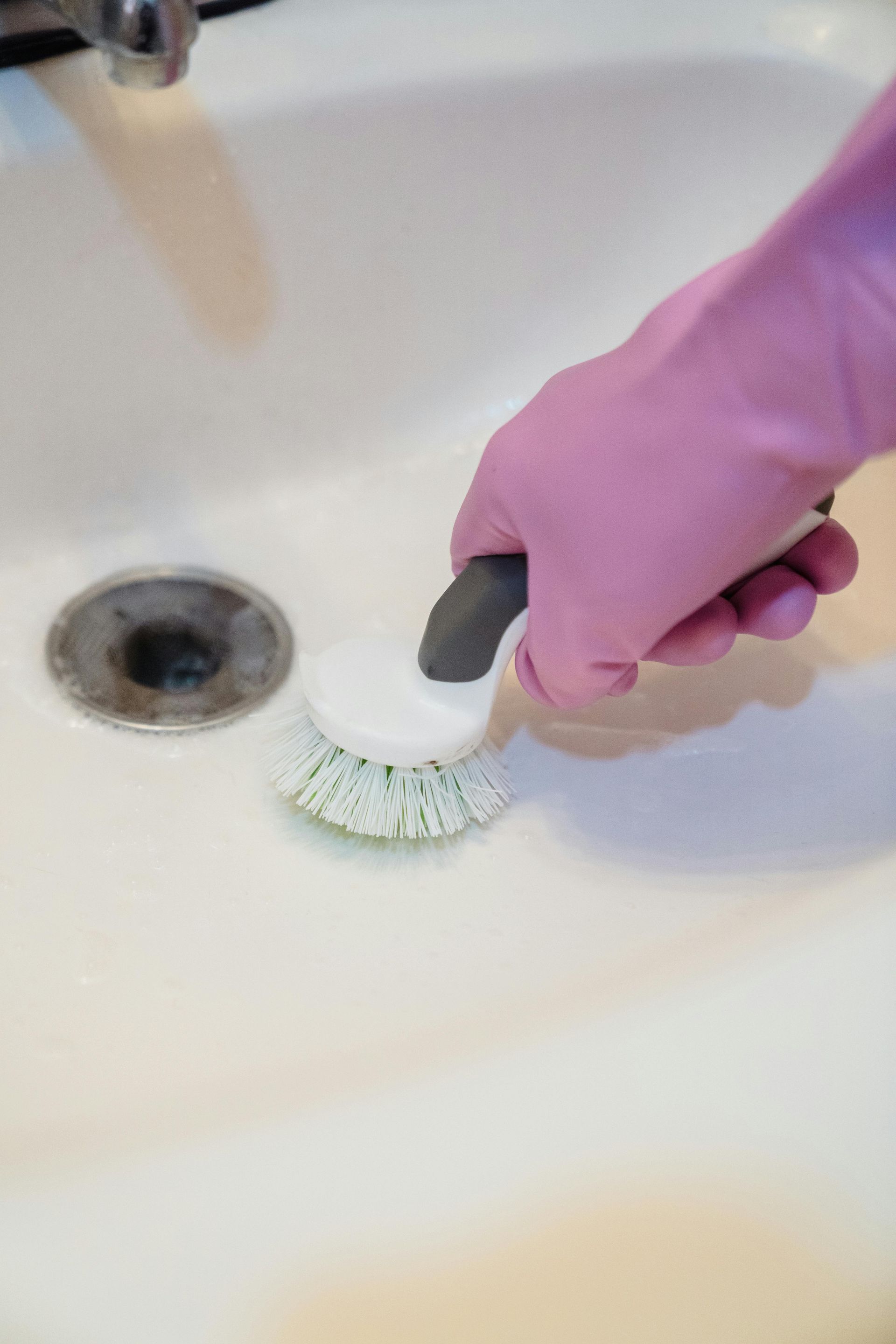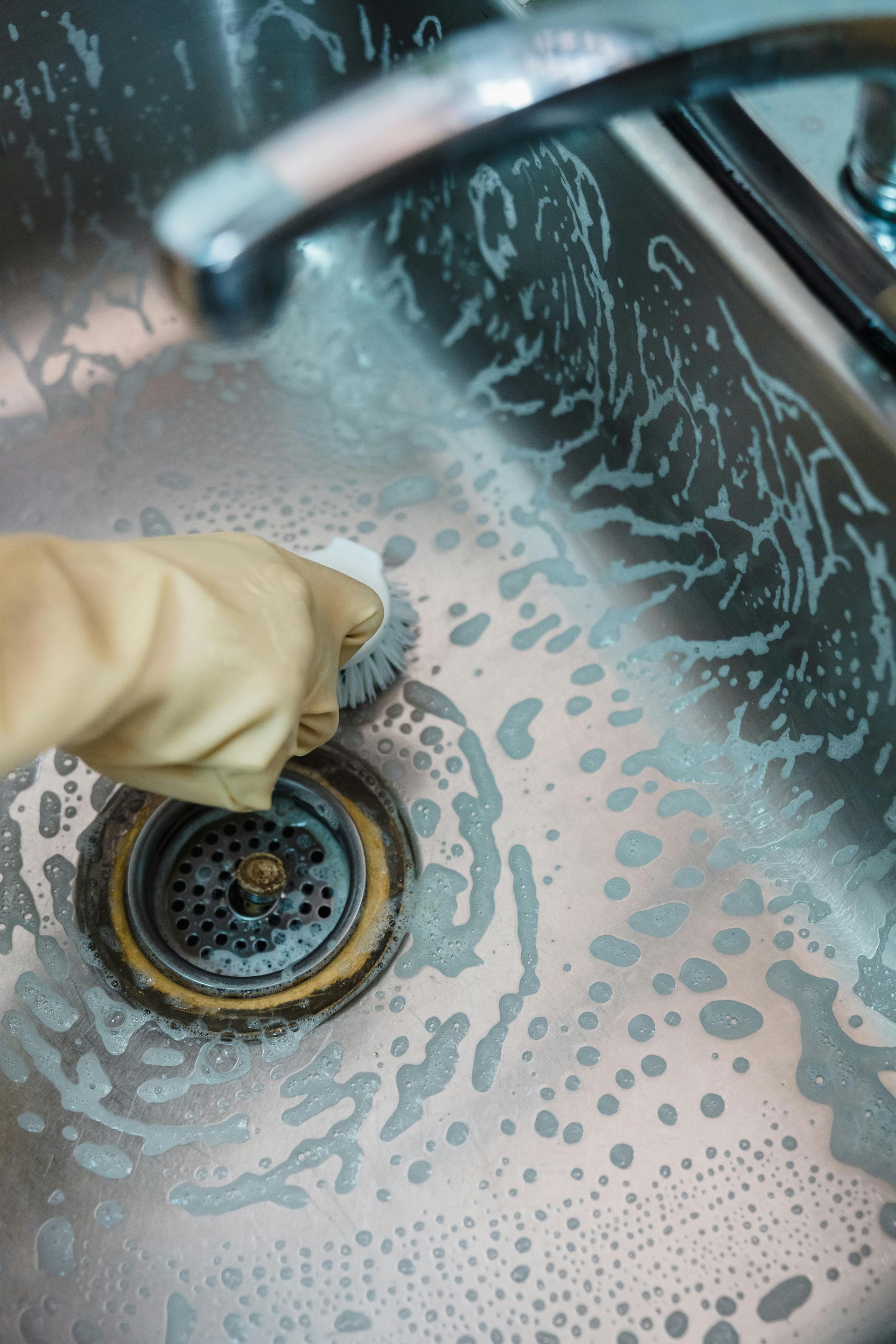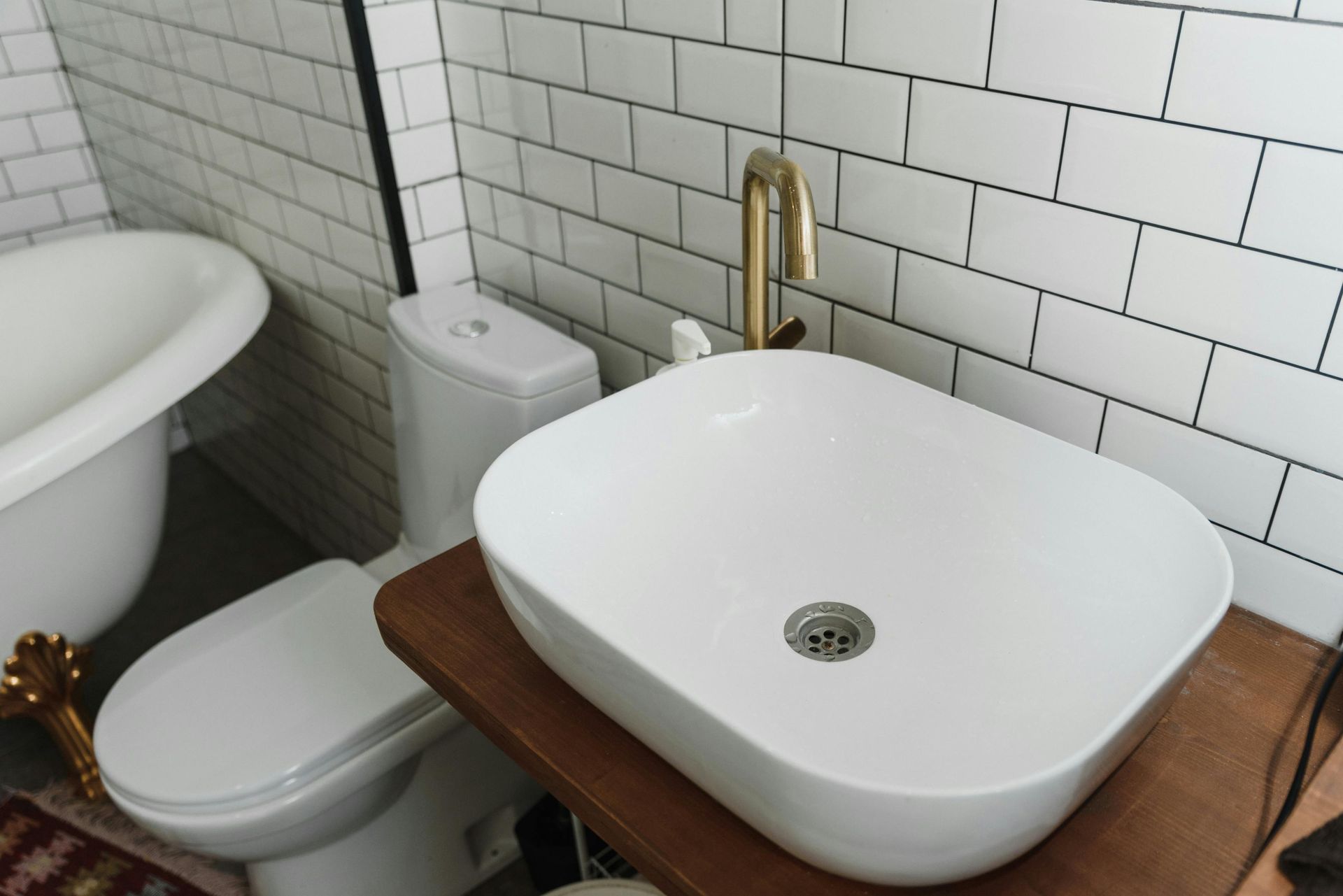What Causes Low Water Pressure in My House, and How Do I Repair It?
When the water pressure in your home suddenly drops, it’s not only frustrating—it can disrupt your daily routine, from showering to cooking to simply washing dishes. So, what causes low water pressure, and, more importantly, how can you fix it? Let’s break down the possible causes and solutions for low water pressure and get your home’s water flow back up to speed.
1. Common Causes of Low Water Pressure in Homes
The root of low water pressure can range from minor annoyances to serious plumbing issues. Here are some of the most common reasons why your water flow might have taken a nosedive:
- Clogged Pipes: Mineral deposits, rust, or debris can build up over time, narrowing your pipes and slowing water flow. If you have hard water, you may notice your pipes clogging more frequently due to mineral deposits.
- Old or Corroded Pipes: Older homes often have aging pipes made from materials like galvanized steel, which corrode over time. This corrosion restricts water flow and lowers pressure.
- Leaking Pipes: A leak in your plumbing system can cause a drop in water pressure. This can happen anywhere in your home, from visible areas to hidden pipes behind walls or underground.
- Pressure Regulator Malfunctions: If your home has a pressure regulator and it’s failing, this can cause an uneven water flow or even a severe drop in pressure.
- Shared Water Mains: In some cases, if multiple houses are connected to a shared water main, water pressure can drop when multiple homes are using water simultaneously.
Understanding these causes can help you zero in on the likely culprits in your own home. Up next, we’ll look at what you can do to tackle each issue.
2. Simple DIY Fixes to Try Before Calling in a Plumber
Not all low water pressure issues require a professional. Here are some quick and easy fixes you can try first:
- Clean Faucet Aerators and Showerheads: If the low pressure is isolated to one faucet or shower, mineral buildup in the aerator or showerhead might be the issue. Remove the aerator, soak it in vinegar, and scrub away any debris.
- Check for Leaks: Inspect all visible pipes for any leaks. You can also look for wet spots around your home or listen for the sound of running water when all faucets are off.
- Adjust the Pressure Regulator: If your home has a pressure regulator, it’s worth checking. It’s usually located near where the main water line enters the house. Adjusting it carefully may boost your water pressure.
- Check the Water Valve: Sometimes, the main shutoff valve might not be fully open, restricting water flow. Ensure the valve is fully open to allow maximum water flow.
If these fixes don’t solve the issue, it may be time to consider more complex repairs or call in a professional.
3. When Low Water Pressure Requires Professional Attention
If simple fixes don’t solve your low water pressure issue, it could signal a larger problem that requires professional expertise:
- Pipe Replacement: If your home has outdated or corroded pipes, you may need to consider pipe replacement to restore water flow. Modern materials, such as PEX or copper, are resistant to corrosion and can handle water flow more efficiently.
- Leak Detection and Repair: Not all leaks are visible. Hidden leaks can cause gradual water pressure loss and water damage over time. A plumber with specialized equipment can locate these hidden leaks.
- Pressure Regulator Replacement: If your regulator is old or faulty, it may need to be replaced. A professional plumber can help assess and install a new one that meets your home’s specific needs.
Hiring a professional ensures that the repairs are handled correctly and that underlying issues don’t lead to bigger headaches later.
4. How Water Heaters and Other Appliances Can Affect Water Pressure
Your water heater and other appliances that use water may impact your home’s water pressure as well:
- Sediment in the Water Heater: Over time, sediment can build up at the bottom of your water heater, affecting the flow rate of hot water. Flushing your water heater annually can help prevent this.
- Appliance Malfunctions: Sometimes, dishwashers, washing machines, or other appliances that pull water from the system can cause a sudden drop in water pressure if they’re malfunctioning or running inefficiently.
- Faulty Shutoff Valves: Occasionally, individual shutoff valves connected to appliances can partially close or get blocked, limiting water flow. Ensure these valves are fully open and free from debris.
Keeping these appliances in good working order can help maintain consistent water pressure in your home.
5. Upgrading Your Plumbing System: When It’s Time for a Change
In some cases, low water pressure isn’t just a temporary inconvenience—it’s a sign that it’s time to upgrade your plumbing. Here’s when an upgrade might be worth considering:
- Older Homes with Outdated Plumbing: If your home was built more than 50 years ago and still has its original plumbing, it’s likely time for an upgrade. Newer materials are more resistant to buildup and provide better flow.
- Persistent Low Pressure Issues: If low pressure has been a recurring problem despite regular repairs, investing in an updated plumbing system can save you frustration and money in the long run.
- Increased Household Water Needs: If your household has grown over time, your existing plumbing may not support the additional water demand. Upgrading to a larger system with more modern fixtures can help accommodate these needs.
Call the Pros: Reach Out to Snake My Drain Plumbing and Drain Cleaning for Plumbing Repair Services in Milford, CT
If you’ve tried the DIY fixes but your water pressure is still down, it might be time to call in a professional. At Snake My Drain Plumbing and Drain Cleaning, our experienced plumbers are ready to tackle everything from minor leaks to major plumbing system upgrades. Low water pressure could be the sign of a bigger issue, and our team can identify and fix the problem quickly, saving you time and stress.
Based in Milford, CT, we proudly serve both
commercial
and
residential
customers in the surrounding areas, offering a full range of
plumbing repairs and
drain cleaning services. Don’t let low water pressure dampen your day—call
Snake My Drain Plumbing and Drain Cleaning at
(203) 685-9861 for a professional solution!
FAQS
Can low water pressure be fixed without a plumber?
Yes, if the issue is due to simple problems like a clogged faucet aerator or a partially closed water valve. However, persistent or widespread low pressure may need professional help.
Why is my water pressure only low in one faucet?
This is usually due to a clogged aerator or mineral deposits in the faucet. Cleaning or replacing the aerator should help restore pressure.
How can I increase the water pressure in my shower?
Start by cleaning the showerhead, as mineral buildup often clogs the tiny spray holes. If that doesn’t help, consider checking your home’s water pressure regulator or contacting a plumber.
How do I know if my pipes are too old and need replacement?
If you experience persistent low water pressure, frequent leaks, or rusty water, it could mean your pipes are corroded and need replacing, especially in older homes.
Is low water pressure a common issue in older homes?
Yes, older homes are often equipped with aging pipes and may have outdated plumbing systems that struggle to meet modern water pressure standards.

